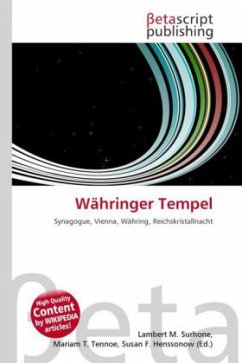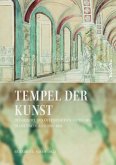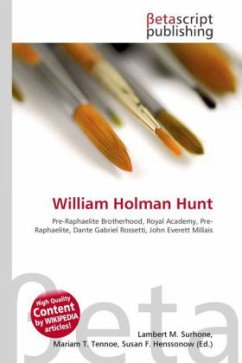Please note that the content of this book primarily consists of articles available from Wikipedia or other free sources online. The Währinger Tempel was a synagogue in the district of Währing in Vienna. It was destroyed during the Reichskristallnacht in 1938. Synagogues are not consecrated spaces, nor is a synagogue necessary for worship. Jewish worship can be carried out wherever ten Jews (a minyan) assemble. Worship can also be carried out alone or with fewer than ten people assembled together. A synagogue is not in the strictest sense a temple; it does not replace the long-since destroyed Temple in Jerusalem. In colloquial speech, Israelis use the term bet knesset (assembly house). Jews of Ashkenazi descent have traditionally used the Yiddish term "shul" (cognate with the German schule, school) in everyday speech. Spanish and Portuguese Jews call the synagogue an esnoga. Persian Jews and Karaite Jews use the term Kenesa, which is derived from Aramaic, and some Arabic-speaking Jews use knis. Some Reform and Conservative Jews use the word "temple".







